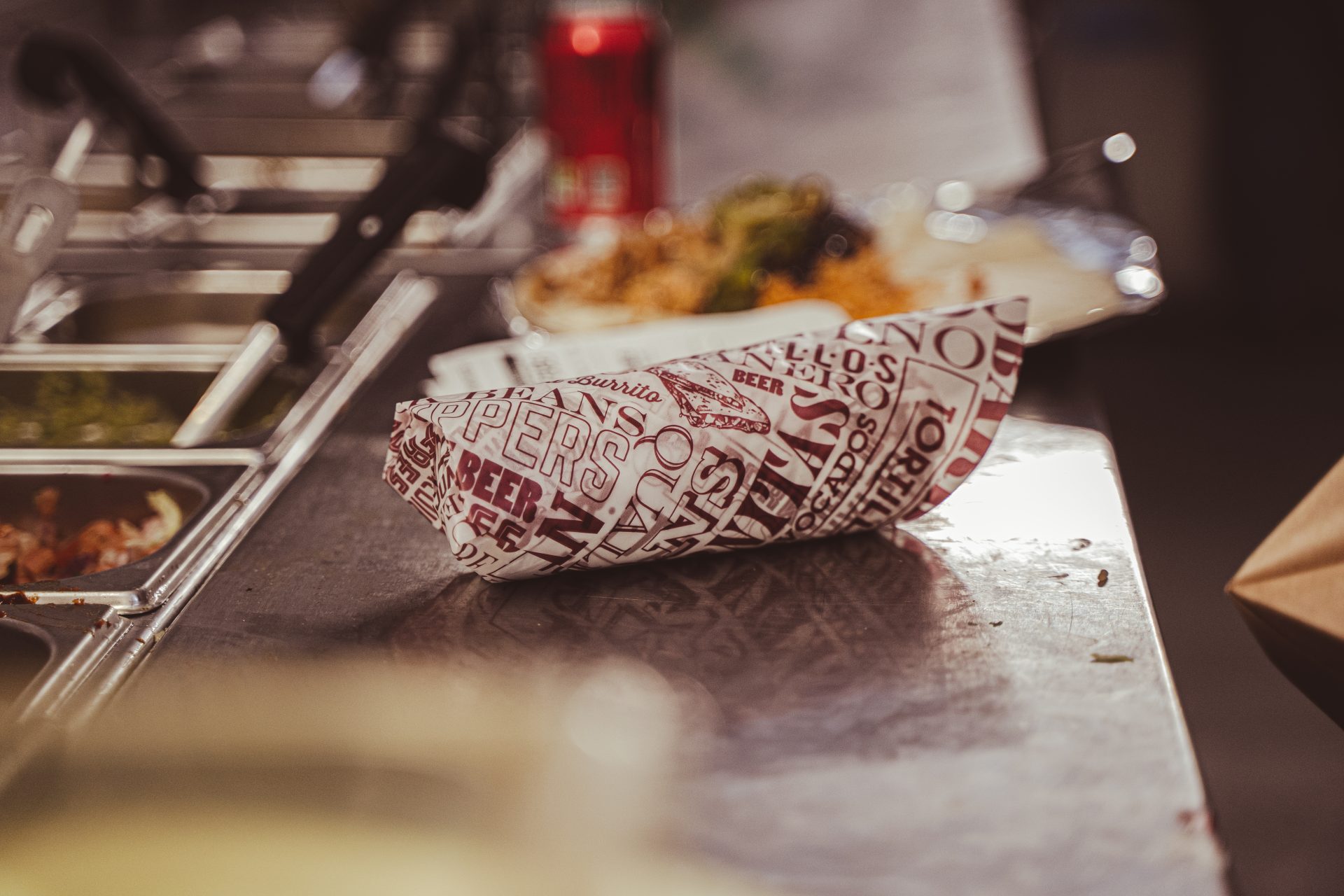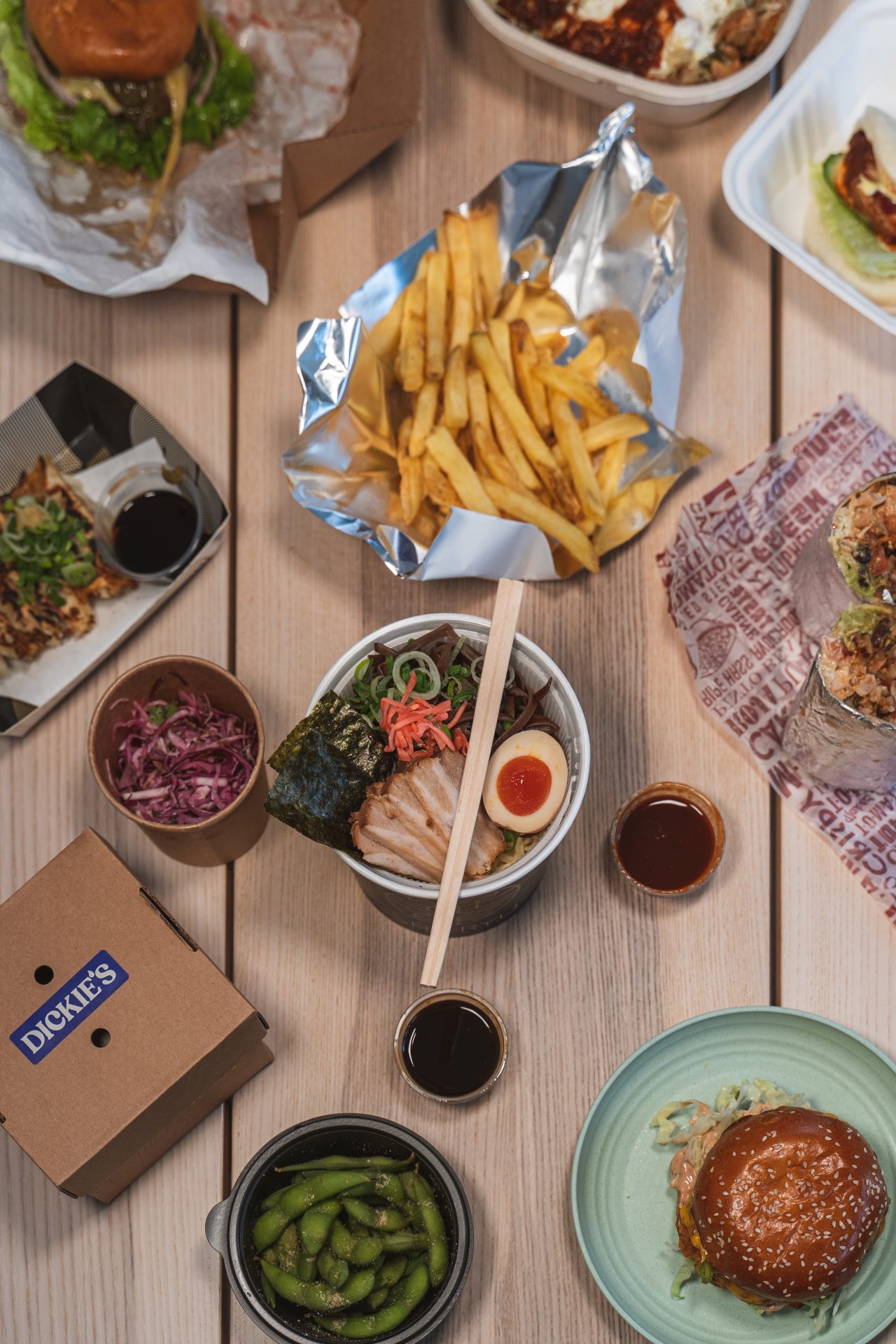4 things to consider when choosing your food delivery partner
The food trend that fuelled the pandemic is here to stay. Delivery is now a growing multi-billion-dollar market that remains a core service for diners. According to the Statista Digital Market Outlook, the number of users in the restaurant-to-consumer food delivery segment in Europe is expected to be 177.2 million in 2024.
It’s for this reason, that many restaurants are making delivery kitchens a leading area of investment. But it’s the recognisable Quick Service Restaurants (QSRs) with already high brand awareness and delivery-first menus who really stand to win in food delivery.
Visionary restaurants want to open delivery kitchens close to our homes and become world-class at delivery, but doing this alone is slow, risky and inefficient while raising lots of questions: What is the best location for my business? How fast can we scale to stay competitive? How will it be profitable? Can I be on all delivery apps? Is it easy to run?
There are many things to consider when choosing a delivery kitchen partner, and with so much at stake, it’s important to get it right and go with a model that finally makes food delivery work that goes beyond just offering basic kitchens. Here are four things to consider when taking your food delivery to the next level.
1. Consistency

Operating out of delivery-only kitchens that offer lower overheads is vital when delivery platform commission rates are so varied and so high. If you’re expected to pay delivery-app commission on the meal, delivery, customer service, driver tips and in-app advertising, it’s important that you have complete transparency over all other costs. When choosing a delivery kitchen partner, it’s important to work with a company that runs cost-efficient operations and can fully scope out your requirements and offer an agreement that will not uncover hidden add-ons down the road.
And once you’re up and running, you want operations you can trust. When a problem arises, you need to feel confident that it will be addressed straight away. There are a number of questions you should be asking before embarking on a new partnership: do they have good workflows and processes? Is there a consistent point of contact? Are they misdefining quality? Are they focused on your needs for the long term? What is their response time? If you have any doubt on any of these points, there’s probably a better partner for you.
2. Ability to scale
As delivery becomes the norm the economic structure is evolving and restaurants need to grow their overall volume and generate profits at scale. At Growth Kitchen, we prove the model in one location and expand the brands to dozens of sites. Only when you can build an end-to-end system that scales and manages a restaurant’s whole delivery operations across lots of satellite kitchens, is it possible to win at delivery. Brands need to operate in much more locations close to our homes with very cost-efficient operations.
Ultimately, scale will be the factor that enables you to bring down cost base and make food delivery a viable and sustainable option that can replace grocery shopping and cooking on a daily basis.
3. Data and insights
Food tech plays a huge role in building an effective delivery business. Finding locations to expand into has always been a vague process, where choosing an area could be defined purely on the basis of it being a university town, for example. To make the best decisions on postcodes, you need the best location intelligence that combines lots of data sources in a proprietary way to identify areas where people want to order food, but can’t get great supply, e.g. spend data, average transaction size, as well as demographic and competitive data.
At the same time, once you expand into new locations, you need to hit the ground running with an integrated data solution that can bring all your existing technology into a single management system that lets you run every satellite kitchen efficiently where you can order ingredients at a lower cost, avoid food waste, increase staff productivity and operational efficiency. Having the ability to take back control of your sales and customer data will help you strike a balance between customer experience and profitability, eventually opening up new revenue streams where you don’t need to pay high commissions to delivery apps to effectively market to your customers.
At Growth Kitchen we’re taking the guesswork out of finding the right locations for your delivery kitchens. Our expansion tool is able to accurately predict customer buying patterns, and calculate the estimated delivery time and driver availability while leveraging historical data to tell you how many orders you can expect in different postcodes so you can make the right call on areas to expand into.
4. Wellbeing and a positive work environment

The term ‘dark kitchen’ has long since conjured up the vision of working in the shadows, cramped within a windowless metal box that is ill-equipped and either extremely hot or far too cold — all the while chefs desperately toil away at below minimum wage to desperately get the orders out. They say if you could see what goes on in a lot of kitchens, you’d never eat out — well, it certainly holds true in this instance.
How staff well-being in the workplace is approached is essential when choosing the right partner to scale your delivery operations. Creating a positive work environment increases employee happiness and engagement, boosts productivity, decreases sick leave and turnover, ultimately making your business more profitable. There are many factors to consider when checking out a site, you need to be confident that the site has comfortable indoor and outdoor communal spaces where people can relax and chat, the kitchens are spacious, professional and fit for purpose, and there are dedicated rider waiting areas in a well-designed layout for ease of food collection.
Food delivery is much more than just having a presence on delivery apps. Going forward, the brands who will win at delivery will be those who effectively outsource their delivery operations to a partner who can attract multi-site customers who operate lots of locations efficiently and work well alongside other professionals. It’s a new part of the business that integrates perfectly with existing dine-in and creates a whole new avenue for growth — allowing top food brands to remain the exclusive owner of their business and able to concentrate on the food.
If you’d like to learn more about how we’re building the future of digital restaurants with a collection of diverse, incredible brands and helping them use data and technology to achieve efficient scale fast, email us at info@growthkitchen.co.


